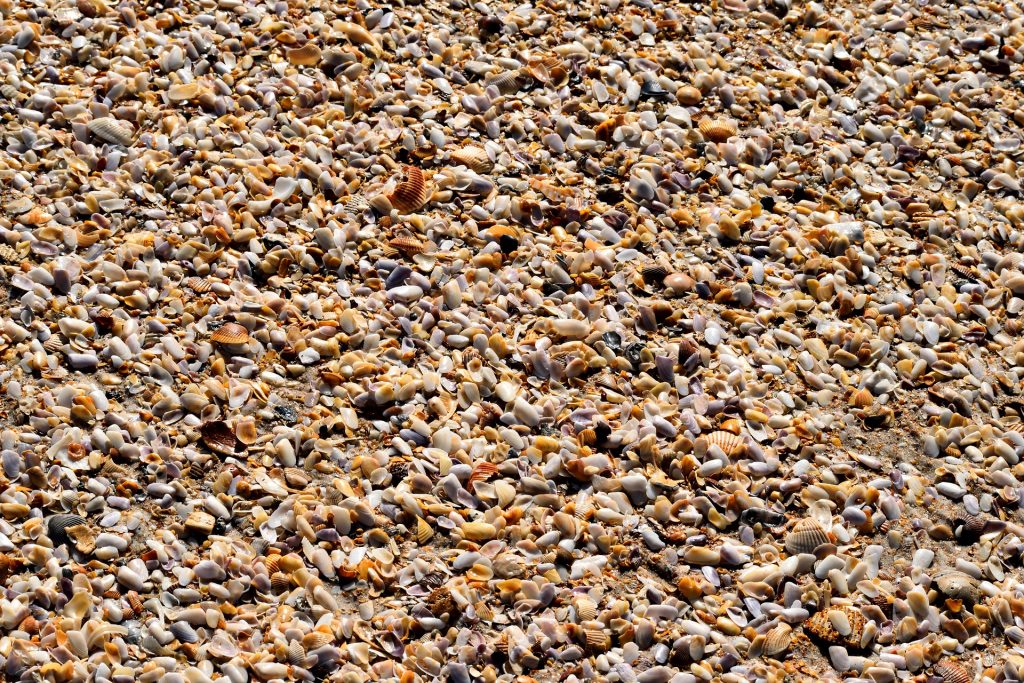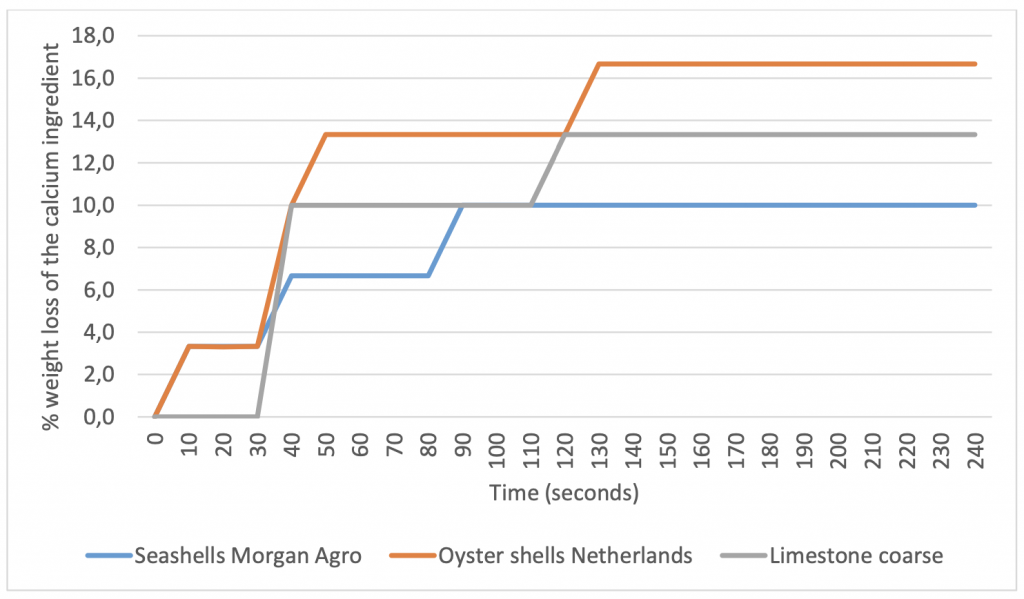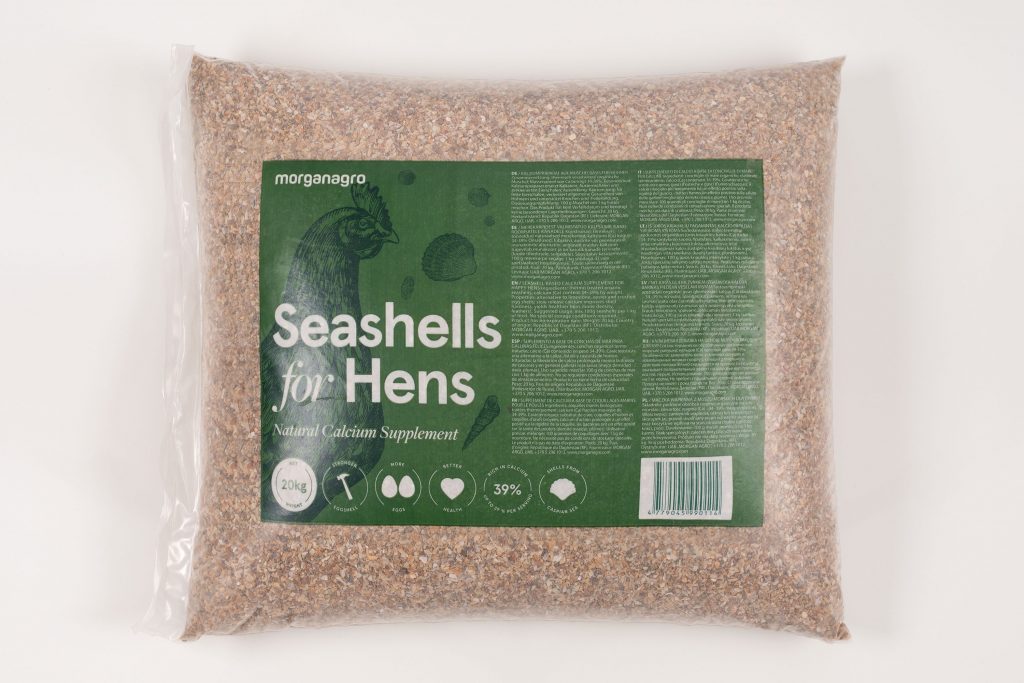Feeding for Stronger Egg Shells

For egg producers, a well-developed egg shell is important for egg quality, and nutrition is vital for egg shell strength. Calcium is essential for egg formation as the medullary bone is a woven bone that acts as a labile source of calcium for egg shell formation. According to Dr Kayla Price, poultry technical manager with Alltech Canada:
- “With the females laying almost an egg a day, it is important she has a large calcium reserve not just for herself but for making the egg shell that day.”
This is not surprising, since calcium carbonate makes up 94% of the egg shell with the remainder being magnesium carbonate, glycoproteins, mucoproteins, collagen and mucopolysaccharides. A typical egg shell weighs 5-6 grams of which 2 grams are of pure calcium therefore even a marginal deficiency in calcium will impact on laying performance.
Lack of calcium often causes other problems. Calcium bone reserves amount to about 1,000 mg, of which the hen can mobilize no more than 100 mg per day. When calcium-deficient diets are fed for a prolonged period, these reserves are depleted within days and may lead to bone damage and problems walking.
Top 3 questions we receive from egg producers and farmers:
- How to make egg shells stronger?
- What to feed chickens to lay eggs?
- What makes egg shells hard?
What makes a good calcium supplement for chickens?
When selecting a calcium source producers should consider:
- Calcium content;
- The particle size;
- Solubility;
- The time of feeding.
Calcium content for the best egg shell
Poultry nutritionist Ioannis Mavromichalis says that the calcium concentration in feed must be at least 4%. In general, chickens require at least 4 grams of calcium per day at the beginning of their laying cycle, and as much as 4.5 grams toward the end. The major source of calcium in feed should be calcium carbonate composed of medium (less than 1 mm) and large (2-5 mm) particles, preferably in a 50:50 mix.
Particle size of calcium supplement
When it comes to calcium the particle size matters. It has been known for a long time that calcium source particle size affected only egg shell breaking strength. Feeding calcium from a mined marine source as larger-sized particles significantly improved egg shell strength when compared to finer ground material. This has also been found in oyster shell and limestone sources. Egg shell breaking strength is increased when birds are fed seashells or limestone with particle sizes of 2-4 mm, compared with those fed ground limestone. The tibia breaking strength and ash percentage were also greatly increased.
Solubility
Morgan Agro seashells, oyster shells, finely ground limestone and coarse limestone were compared for solubility and it was found that Morgan Agro seashells remained stable for longer in an acidic environment compared to the coarser limestone and oyster shells.
Time of feeding
Egg formation begins with the formation of the yolk and albumen, which requires protein and energy early in the day, this coincides with peak feed consumption. Calcium demand peaks from early afternoon until late evening. At this time, feed intake is minimal and meeting the calcium requirement depends on calcium absorbed through feed earlier on, and on calcium from the bone reserves. It is important to ensure that as much calcium as possible is supplied from feed and not from the bone reserves.
It seems therefore important to use a calcium ingredient in the feed, from which the calcium will become available gradually over time in the intestinal tract, also at night. Through this, the calcium level in the blood during night-time will originate mainly from the calcium digestion in the intestine rather than from bone reserves.
Finding the right source
Feeding larger calcium particles ensures sufficient calcium remains within the gut for the hen to absorb and utilize during times of peak calcium demand. Thus, many producers use:
often as a top-dressed supplement during the evening hours. Seashells have been shown to improve egg quality compared with other sources of calcium. A study comparing blends of fine limestone along with large limestone, egg shell and seashells found that eggs from chickens fed the supplement containing seashell had an increased calcium content within the egg shell.
Overall, choosing a good calcium source can help chickens to produce strong quality eggshells and eggs and to remain productive and healthy. Research has shown that particle size matters, and calcium supplements base on seashells can be a good solution for egg producers looking to improve egg strength and quality.
You can read more about how limestone, oyster shells and seashells compare here.
Where to buy seashells?
Morgan Agro provide the highest quality seashells from the Caspian Sea in bulk and retail packaging. The product is a great organic calcium supplement for chickens, are a natural source with the appropriate particle size, and are a real solution for the problem of weak egg shells in laying chickens. Click here to contact us.
Sources:
- I. Bouvarel, Y. Nys, and P. Lescoat, “Hen Nutrition for Sustained Egg Quality,” in Improving the Safety and Quality of Eggs and Egg Products: Egg Chemistry, Production and Consumption, 2011, https://doi.org/10.1533/9780857093912.3.261.
- C. C. Whitehead, “Overview of Bone Biology in the Egg-Laying Hen,” in Poultry Science, 2004, https://doi.org/10.1093/ps/83.2.193.
- Feed Strategy, “How Hen Nutrition Impacts Egg Shell Quality,” 2017, https://www.feedstrategy.com/poultry/how-hen-nutrition-impacts-egg-shell-quality/.
- Feed Strategy.
- Ioannis Mavromichalis, “7 Calcium Tips to Reduce Cracked Eggs in Layers,” Feed Strategy, 2020, https://www.feedstrategy.com/blog/7-calcium-tips-to-reduce-cracked-eggs-in-layers/.
- Ioannis Mavromichalis, “Understanding Daily Calcium Cycle in Layer Hens,” Feed Strategy, 2015, https://www.feedstrategy.com/poultry-nutrition/understanding-daily-calcium-cycle-in-layer-hens/.
- Mavromichalis.
- ROY M. WATKINS, BEN C. DILWORTH, and ELBERT J. DAY, “Effect of Calcium Supplement Particle Size and Source on the Performance of Laying Chickens,” Poultry Science, 1977, https://doi.org/10.3382/ps.0561641.
- WATKINS, DILWORTH, and DAY.
- F. GUINOTTE and Y. NYS, “Effects of Particle Size and Origin of Calcium Sources on Eggshell Quality and Bone Mineralization in Egg Laying Hens,” Poultry Science, 1991, https://doi.org/10.3382/ps.0700583.
- Morgan Agro, “The in Vitro Solubility of Morgan Agro Sea Shells in Relation with the Egg Shell Quality of Laying Hens,” Feed Innovation Services, n.d.
- Mavromichalis, “Understanding Daily Calcium Cycle in Layer Hens.”
- Morgan Agro, “The in Vitro Solubility of Morgan Agro Sea Shells in Relation with the Egg Shell Quality of Laying Hens.”
- M. Lichovnikova, “The Effect of Dietary Calcium Source, Concentration and Particle Size on Calcium Retention, Eggshell Quality and Overall Calcium Requirement in Laying Hens,” British Poultry Science, 2007, https://doi.org/10.1080/00071660601148203.


